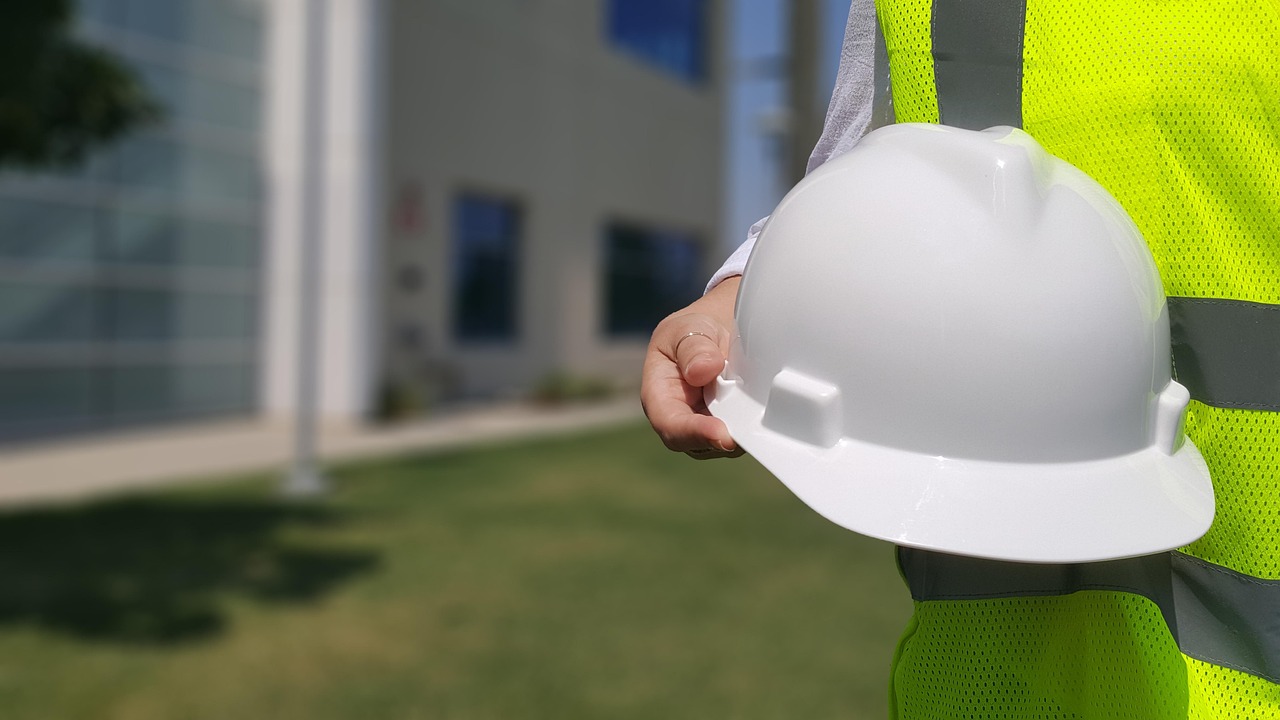In the ever-evolving world of construction, safety is always the top priority. Among all protective gear, the hard hat has long stood as a symbol of jobsite safety—guarding workers against the unexpected. But today’s hard hats are far more than simple plastic helmets. Thanks to modern innovation, they’re becoming smarter, stronger, and more comfortable than ever before.
At TBI, Inc., we stay at the forefront of safety innovation by continually evaluating and implementing the latest protective equipment available. In this article, we explore how advancements in hard hat construction are changing the game for worker protection across the construction industry.
A Brief History of the Hard Hat
Hard hats have been in use since the early 1900s, originally made from materials like leather and aluminum. Over time, fiberglass and plastic models replaced the early versions, evolving into standardized PPE (personal protective equipment) now required on nearly every construction site.
As building techniques advanced, so did the demand for better head protection—paving the way for a new generation of hard hats built for modern challenges.
Modern Materials Revolutionizing Hard Hat Construction
Traditional hard hats used relatively simple plastics. Today, advanced polymers and composite materials offer enhanced protection without sacrificing comfort.
High-Density Polyethylene (HDPE)
One of the most common materials in modern hard hats, HDPE is lightweight, UV-resistant, and highly durable—ideal for daily wear in demanding environments.
Acrylonitrile Butadiene Styrene (ABS) Plastic
Known for its high impact resistance, ABS plastic adds another layer of security. It’s a popular choice in environments where sudden impact is a high risk.
Carbon Fiber and Composite Blends
Offering superior strength-to-weight ratios, carbon fiber composite helmets are growing in popularity for jobs where lightweight durability matters most.
Eco-Friendly Materials
Sustainability is also shaping the future. Some manufacturers are experimenting with recyclable and biodegradable materials to reduce environmental impact while maintaining protective standards.
Smart Hard Hats: Integrating Technology
Technology is changing the hard hat from a static device into a connected safety solution.
Impact Detection Sensors
Sensors embedded within the shell can detect and log impacts, sending alerts to safety managers in real time—crucial for injury documentation and response.
Augmented Reality (AR) Displays
Some models now incorporate AR visors that provide workers with on-screen instructions, navigation, or hazard alerts—without taking their eyes off the task at hand.
GPS & Geofencing
Integrated GPS allows supervisors to track worker location and monitor restricted zones to prevent accidents and improve emergency response times.
Fatigue and Heat Stress Monitoring
Some hard hats monitor physiological signals to detect signs of fatigue, overheating, or dehydration—helping prevent accidents before they happen.
Design Innovations for Comfort & Usability
Modern hard hats are designed with the worker in mind—form meets function like never before.
- Adjustable, ergonomic suspension systems ensure a comfortable and secure fit.
- Ventilation ports and climate control features reduce heat buildup in high-temperature environments.
- Sweat-resistant liners and anti-microbial padding improve hygiene during long shifts.
- Customizable accessories like face shields, ear muffs, and mounted headlamps offer added protection without compromising comfort.
These innovations encourage consistent usage by reducing fatigue and discomfort.
Compliance with Updated Safety Standards
New technology still needs to meet industry regulations. Most advanced hard hats are designed to comply with or exceed:
- ANSI/ISEA Z89.1 (American National Standards Institute)
- OSHA head protection standards
These standards ensure protection against vertical and lateral impacts, electrical hazards, and environmental extremes.
When selecting new gear, it’s essential to verify that helmets are certified and properly rated for your jobsite needs.
Why Upgrade? The Benefits of Advanced Hard Hats
Investing in next-gen hard hats offers far-reaching benefits:
- Improved Safety: Enhanced protection from impact and environmental hazards
- Better Data Collection: Sensor integration for incident tracking and prevention
- Worker Confidence: Increased morale from improved comfort and safety perception
- Higher Productivity: Comfort and ease of use reduce fatigue and enhance focus
- Long-Term ROI: Reducing injuries and downtime can significantly cut long-term costs
At TBI, Inc., we believe smart investments in PPE are one of the most effective ways to protect your workforce and streamline project timelines.
TBI’s Role in Advancing Site Safety
As a leader in the construction and infrastructure space, TBI is committed to integrating safety innovations into every project. From selecting the right protective gear to designing systems that support safer workflows, we help contractors and site managers build smarter and safer environments.
Explore our work in safety innovation to learn how we’re shaping the future of construction through thoughtful safety strategies.
Final Thoughts
The hard hat is no longer just a helmet—it’s a dynamic, evolving tool at the center of workplace safety. As materials, design, and smart technology continue to advance, upgrading your team’s protective gear is more than a precaution—it’s a strategic advantage.
Ready to elevate your site’s safety standards? Contact TBI to discover how we can help you implement the most advanced protective solutions on the market.


